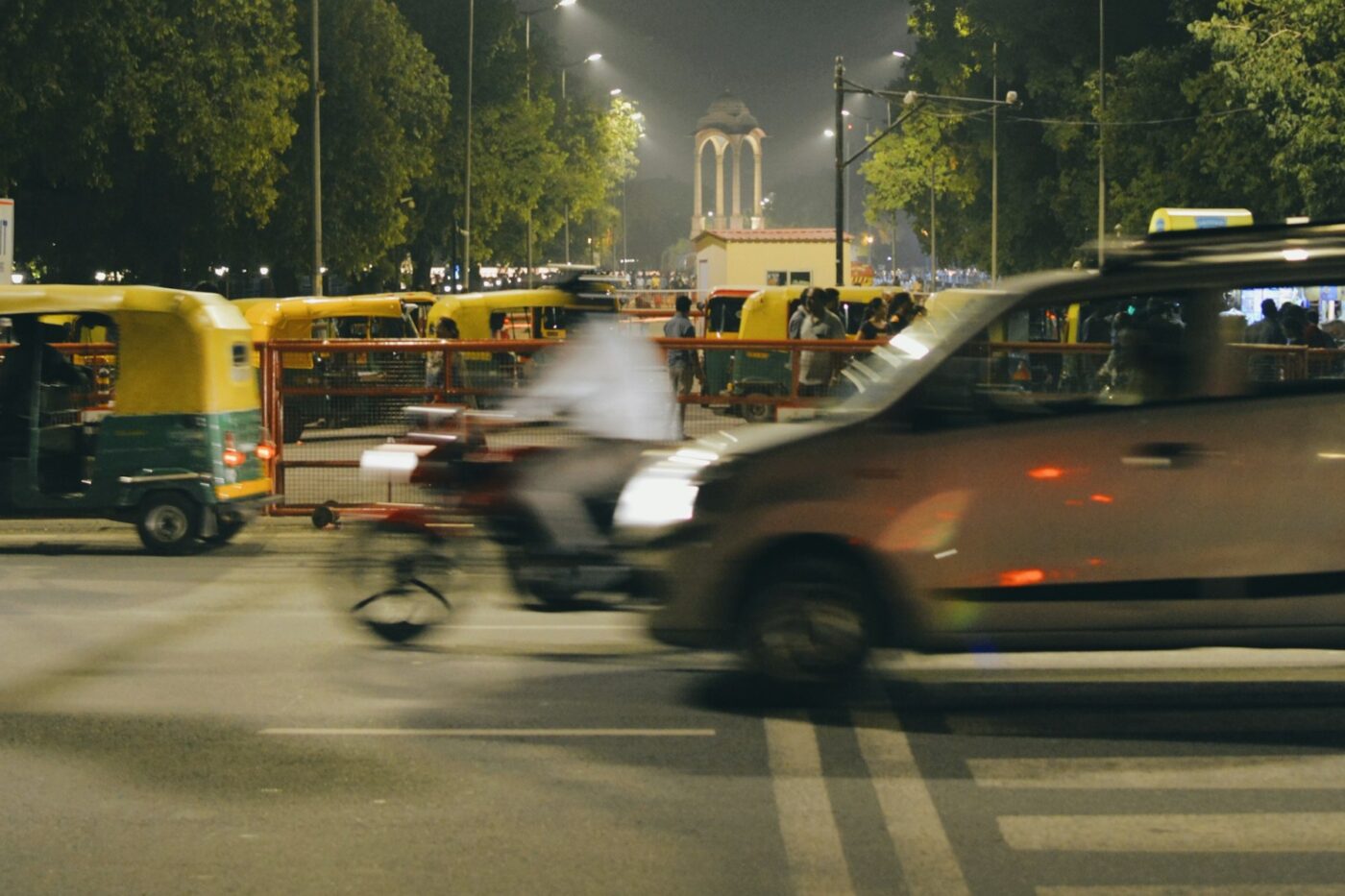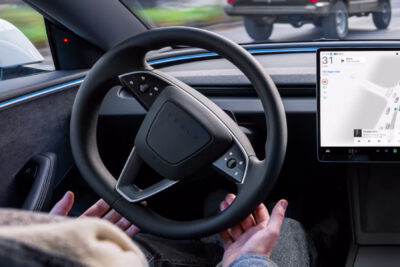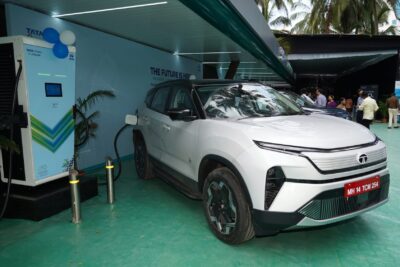India details scheme to promote local electric car production
A little over a year after introducing the Scheme to Promote Manufacturing of Electric Passenger Cars in India (SPMEPCI), the Ministry of Heavy Industries (MHI) has issued a notification detailing its final requirements. The Indian government aims to attract global electric car manufacturers with this programme.
Companies interested in availing benefits under SPMEPCI need to invest a minimum of 41.50 billion rupees (approximately 425 million euros) in manufacturing electric cars in India within three years of receiving approval from MHI. They must achieve a minimum domestic value addition (DVA) of 25% during this period and increase that proportion to 50% within five years of the
approval. MHI-approved testing agency(ies) would then certify the DVA.
Investments under SPMEPCI cover not only greenfield but also brownfield projects. However, companies going for the latter need to provide a clearly defined and visible separation between the part of the previously existing facility and the modified facility for transparency.
In addition to plant, machinery, equipment, and associated utilities, engineering research and development and charging infrastructure expenditure also qualify for the committed investment.
However, in the case of charging infrastructure, MHI will consider only up to 5% of that value. As for land, the government agency will not count the expenditure incurred on land as part of the committed investment, but it will consider buildings of the main plant and utilities.
SPMEPCI’s requirements do not end at making the minimum mandated investments and achieving the progressive domestic value addition targets. MHI says approved applicants must generate a minimum revenue of 50 billion rupees (approximately 511 million euros) from the eligible product in the fourth year and 75 billion rupees (approximately 766 million euros) in the fifth year.
Companies failing to meet the revenue targets will have to pay a penalty of 1% of the minimum revenue if their actual revenue is equal to or more than 50% and less than 95%. This number will rise to 2% if actual revenue is equal to or more than 25% and less than 50%, and further to 3% if the actual revenue is less than 25%.
In exchange for the massive investment in manufacturing electric cars locally under SPMEPCI, India will provide qualifying automakers a temporary tariff cut for their imported electric cars. It will allow these companies to import a certain quota of electric cars with a minimum CIF value of 35,000 dollars (approximately 31,000 euros) as Completely Built-in Units (CBUs) at a reduced customs duty of just 15% instead of the regular rate of up to 110% for five years from the approval date.
The quota for electric cars eligible for the 15% customs duty will depend on various factors. India imposes a standard annual limit of 8,000 units, and qualifying companies can carry over any unutilised import quota. Additionally, depending on each applicant’s committed investment, the government will cap their quota at a level within the standard 8,000 units, such that the total
customs duty forgone equals their committed investment or 64.84 billion rupees (approximately 665 million euros), whichever is lower.
India is targeting only well-established global automakers with the new scheme to boost electric car manufacturing in the country. MHI says only companies that generate at least 100 billion rupees (approximately 1.03 billion euros) in global group-wide revenue from automotive manufacturing and hold a minimum of 30 billion rupees (approximately 308 million euros) in global fixed asset investments can apply for SPMEPCI.
Earlier, local media reports widely suggested that India had introduced SPMEPCI primarily to attract Tesla. However, the American EV maker is planning to launch only imported electric cars for India at the moment. “They are not interested in manufacturing in India,” H. D. Kumaraswamy, the Minister of Heavy Industries, told journalists during a press conference for the announcement of the guidelines for the scheme. Other prominent global brands like Mercedes-Benz, Skoda,
Volkswagen, Hyundai, and Kia have shown interest in applying for SPMEPCI, though.
Speaking further, Kumaraswamy revealed that MHI will start accepting applications for SPMEPCI soon, without releasing a specific timeline. The government agency will keep the application window open for 120 days and may reopen it as and when required till 15 March 2026. Eligible companies that want to apply for SPMEPCI will have to pay MHI a non-refundable fee of 500,000 rupees (approximately 5,000 euros) for the application. Additionally, they will need to provide a bank guarantee equivalent to the total duty forgone or 41.50 billion rupees (approximately 425 million euros), whichever is higher.
pib.gov.in, reuters.com, deccanherald.com, economictimes.indiatimes.com, heavyindustries.gov.in (PDF)





0 Comments